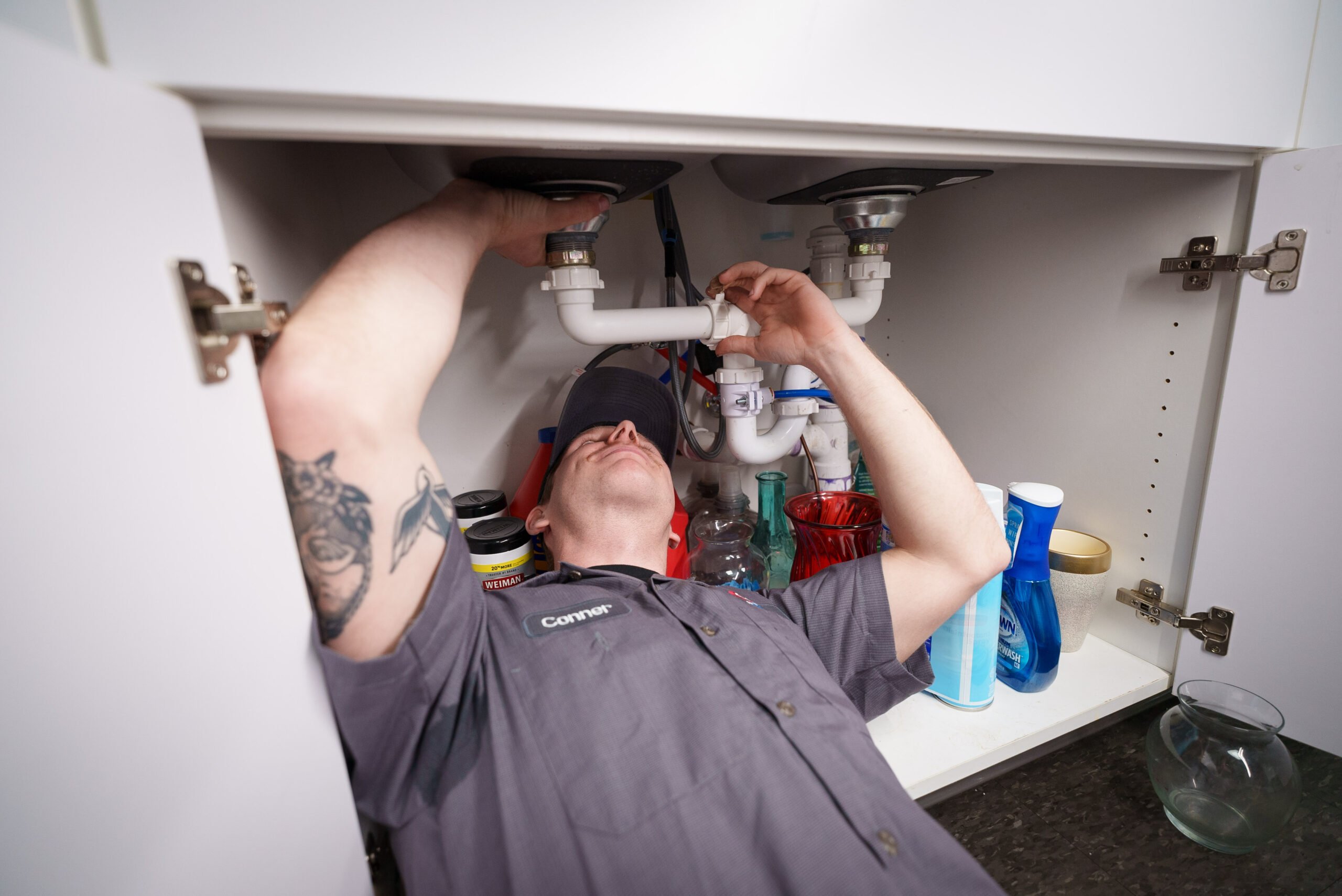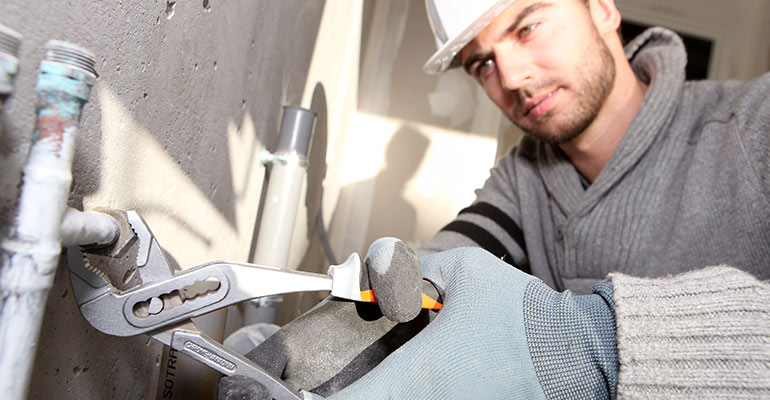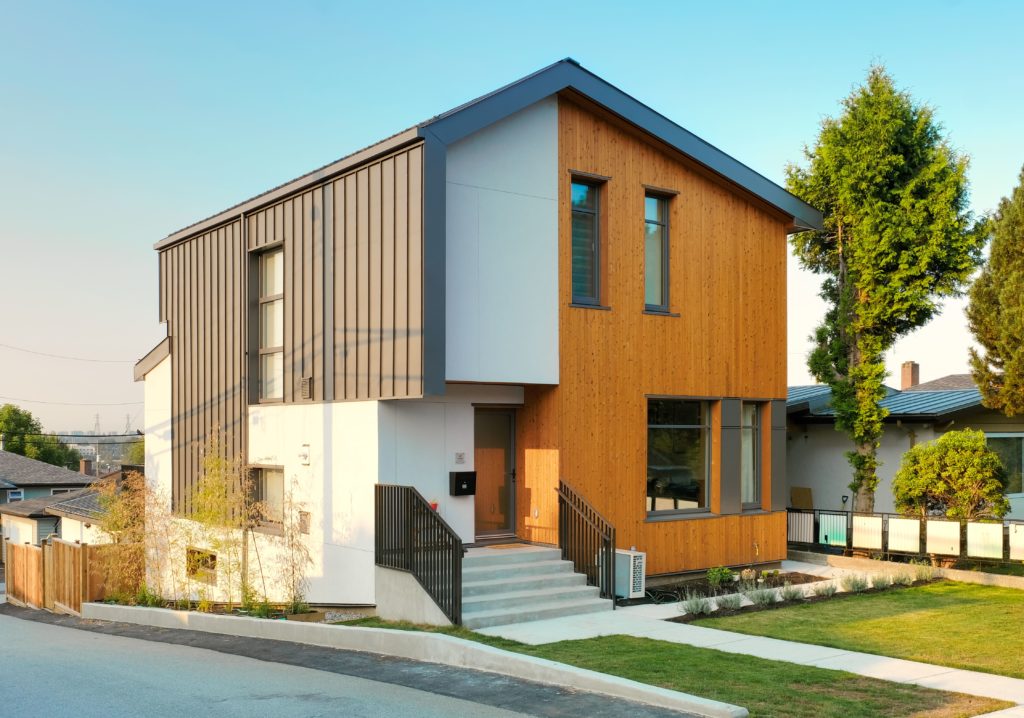Installing a sump pump in your basement can be a crucial step in protecting your home from water damage. Whether you’re a seasoned homeowner or new to the world of home maintenance, understanding the intricacies of basement sump pump installation tips is essential. In this comprehensive guide, we’ll explore everything you need to know to ensure a successful installation and keep your basement dry.

Understanding the Importance of Sump Pumps
Before diving into the details of installation, it’s important to understand why a sump pump is vital for many homes. Basements are prone to flooding during heavy rains, and a sump pump helps prevent this by removing excess water from your basement. By keeping your basement dry, you protect your home’s foundation and prevent issues like mold and mildew.
Choosing the Right Sump Pump
Types of Sump Pumps
There are several types of sump pumps to consider, including submersible, pedestal, and battery-operated pumps. Each type has its own advantages and is suited for different situations. Understanding the differences will help you choose the right one for your basement.
Consider Your Basement’s Needs
It’s essential to assess your basement’s specific needs before selecting a sump pump. Factors like the size of your basement, the typical amount of rainfall in your area, and your budget will influence your decision.
Preparing for Installation
Gathering Necessary Tools and Materials
Before you start the installation process, gather all the necessary tools and materials. This includes a drill, PVC pipes, a check valve, and, of course, your chosen sump pump. Having everything on hand will make the process smoother and more efficient.
Choosing the Right Location
The location of your sump pump is critical to its effectiveness. It should be installed at the lowest point of your basement where water tends to accumulate. This ensures that the pump can efficiently remove water and keep your basement dry.
Step-by-Step Installation Guide
Step 1: Digging the Sump Pit
Start by digging a pit where your sump pump will be placed. The pit should be deep enough to accommodate the pump but not so deep that it’s difficult to access. This is a crucial step, so take your time to do it right.
Step 2: Installing the Pump
Once the pit is ready, carefully lower the sump pump into place. Ensure it’s properly aligned and stable. Connect the discharge pipe to the pump, making sure it’s securely fastened to prevent leaks.
Step 3: Connecting the Power
After the pump is in place, connect it to a power source. Most sump pumps require a standard electrical outlet. Ensure that the outlet is protected from water to avoid any electrical hazards.
Testing Your Sump Pump
Performing a Test Run
Before considering the installation complete, it’s important to test your sump pump. Pour water into the pit to see if the pump activates and removes the water effectively. This step ensures that your pump is ready to handle heavy rains.
Troubleshooting Common Issues
If your sump pump isn’t working as expected, don’t panic. Common issues may include clogs in the discharge pipe or a malfunctioning float switch. Address these problems promptly to ensure your pump operates smoothly.
Maintaining Your Sump Pump
Regular Maintenance Tips
Regular maintenance is essential to keep your sump pump in optimal condition. Clean the pump and pit regularly, and inspect the discharge pipe for any blockages. Additionally, test your pump periodically to ensure it’s ready for action.
When to Call a Professional
While many homeowners can handle basic maintenance, there are times when it’s best to call in a professional. If you’re unsure about any aspect of your sump pump’s operation or if it requires repairs, don’t hesitate to seek expert assistance.
Additional Resources
For more information on maintaining your home, you can visit this helpful guide on planning for plumbing in new homes. Additionally, if you’re considering other plumbing improvements, explore topics like eco-friendly plumbing fixtures and fridge water line tips.

FAQs
What is the average cost of installing a sump pump?
The cost of installing a sump pump varies depending on factors like the type of pump and location. On average, homeowners can expect to spend between $500 and $1,500.
How often should I test my sump pump?
It’s recommended to test your sump pump at least once a year, especially before the rainy season. Regular testing ensures that your pump is functioning properly when you need it most.
Can I install a sump pump myself?
While some homeowners successfully install sump pumps themselves, it’s important to have a good understanding of plumbing and electrical systems. If you’re unsure, it’s best to hire a professional to ensure a safe and effective installation.
This article contains affiliate links. We may earn a commission at no extra cost to you.




